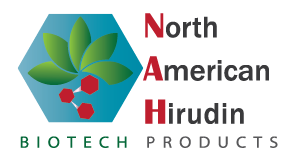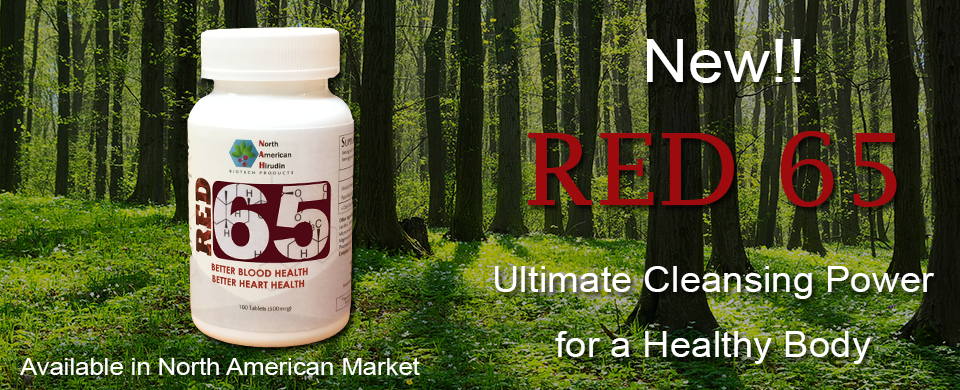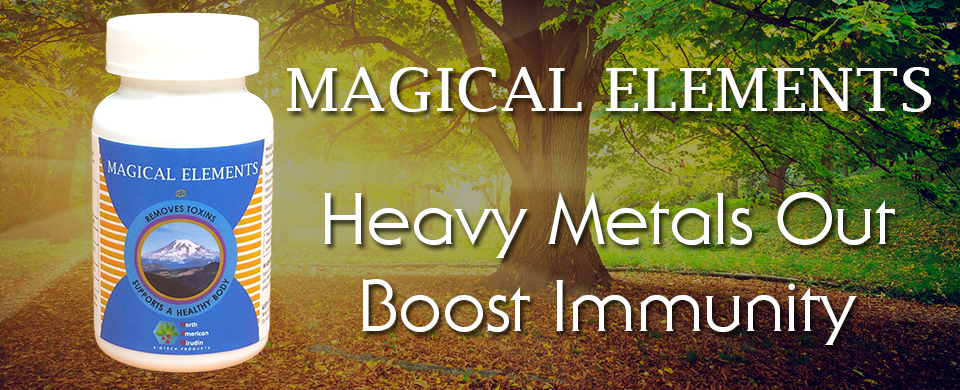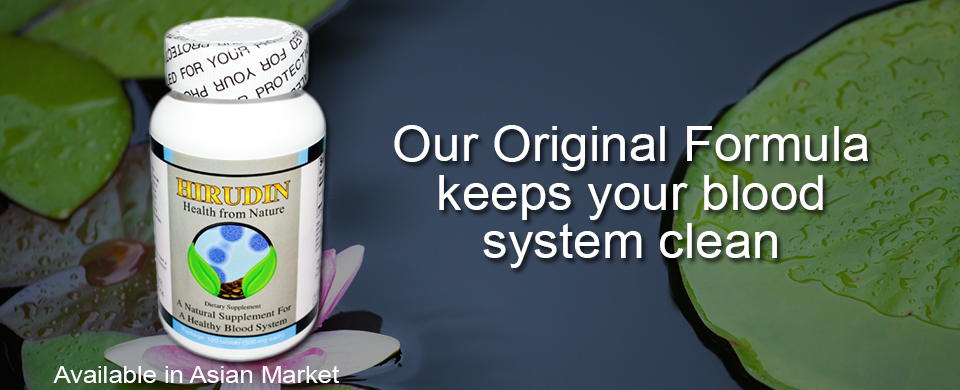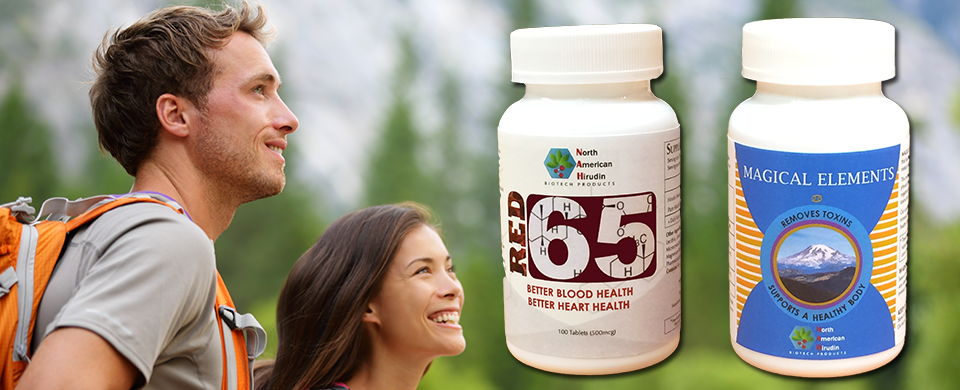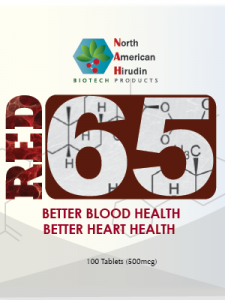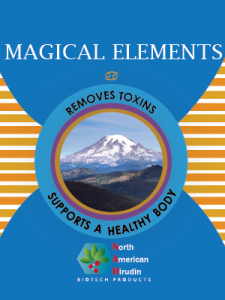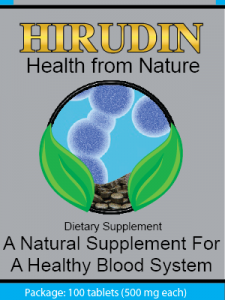There are conflicting theories out there about MSG and MSG-related food ingredients. The side of the companies producing MSG and the government claim that MSG is harmless in humans, especially in the low doses that an average person would consume in a single day. The companies point to multiple studies that seem to agree with their claims, studies showing no harmful effects on humans.
The opponents of MSG cite multiple studies that show harmful effects on animals and, given the tendency for human bodies to emulate these animal results, the finding is that the MSG is also harmful to humans. Almost all of the studies directly involving humans have been inconclusive at best.
So what’s the true issue with MSG? Probably the most disturbing thing about MSG is that most of it is manufactured and doesn’t occur in nature. It’s a manufactured product that humans are ingesting on a regular basis. Why use it at all? It adds flavor, but surely there are other ways to add flavor by natural means. Somewhere in the details of the MSG additive story, there have been claims and confessions that MSG has addictive properties; companies add it to food so humans will be inclined to eat more of it because they’re addicted to it. Given the history of corporate America (especially the tobacco industry), these accusations aren’t too far-fetched.
Natural sources of MSG are available, but they’re definitely more expensive to use and process, and the whole point of using manufactured MSG is to keep cheap food from tasting, well, cheap.
If there wasn’t something sinister about MSG, why hide it behind different names on the food labels – calling it monopotassium glutamate, gelatin, calcium caseinate, sodium caseinate, hydrolyzed vegetable protein, textured protein, hydrolyzed plant protein, autolyzed plant protein, yeast extract, yeast food or nutrient, autolyzed yeast, glutamate, and glutamic acid. Is this so people aren’t alarmed to see how many foods they are consuming that contain MSG?
Unfortunately, big business doesn’t have a real great track record of being truthful with the public. If it conducts scientific experiments that don’t agree with claims of safety about its products or can negatively affect the profit margin, the business minds tend to suppress that information. Yes, it’s illegal, but until they get caught, they reap in huge profits at the expense of their consumers.
So, what are these dangers the big businesses don’t acknowledge MSG can cause? Possible symptoms of MSG sensitivity or allergic reactions include headaches, flushing, sweating, sense of facial pressure or tightness, mouth numbness, tingling or burning, heart palpitations, chest pain, shortness of breath, nausea and weakness. These are all symptoms affecting the brain, heart and central nervous system – it’s a pretty serious set of symptoms.
MSG is also considered an “excitotoxin”, a substance which damages or kills nerve cells excessive stimulation by neurotransmitters. This is part of the basis of the accusations that MSG can cause developmental and neurological disorders like attention deficit hyperactive disorder (ADHD), multiple sclerosis, Alzheimer’s disease, amyotrophic lateral sclerosis (ALS), Parkinson’s disease, and alcoholism. Babies and children with autism are increasingly believed to have contracted this disorder to due exposure to a glutamate like MSG while in the womb or in early childhood.
As scary as all these symptoms and disorders are, there are people who show no signs of disease or disorder no matter how much MSG they’ve consumed. Two people sitting at the same table, eating the same meal can have vastly different reactions to the MSG they just consumed. This may be why it has been so hard to nail down what MSG does to the human body, because different bodies react in different ways.
Perhaps the safest alternative is to limit or halt your intake of MSG. There is no recommended minimum for MSG – eliminate it from your diet and you will not suffer any ill effects. It is a non-nutritive substance that your body will never miss.
